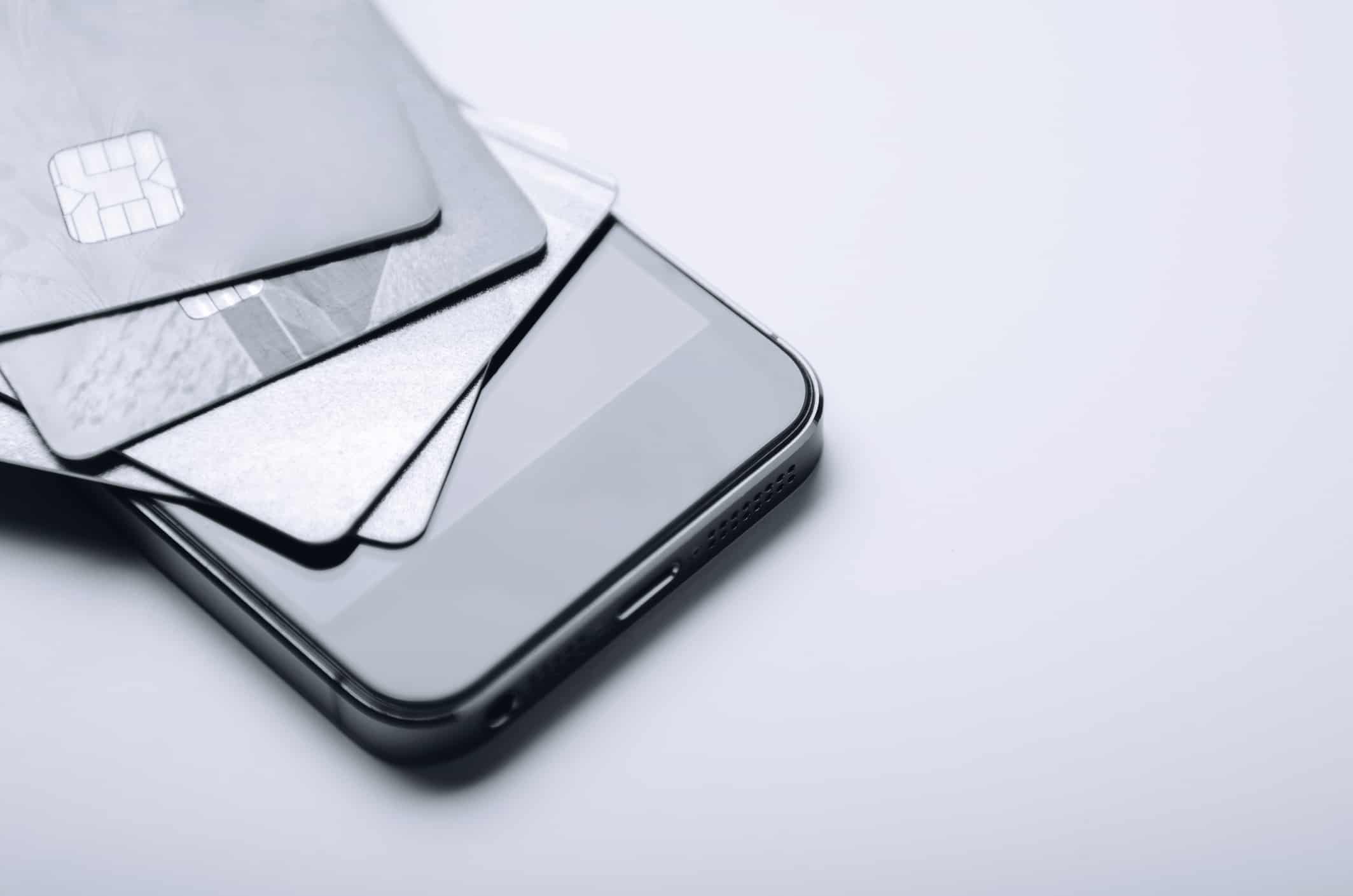Let’s be real. Unless you’re building credit, you’re probably using your credit card to rack up rewards on stuff you’re going to buy anyway.
And who wouldn’t? With the lucrative rewards on Canada’s best rewards cards, you can amass mounds of points simply by using the card for everyday purchases.
But here’s the thing: most Canadians can earn more points simply by being more strategic. If you’re ready to get more back for your spending, here are some easy things you can start doing right now.
1. Choose the right card
First off, take a look at the Canadian market of credit cards and decide if yours is truly the right fit for you.
For example, if your card has only one earn rate (say, 1.5% cash back on all purchases), but you spend an enormous amount on groceries, you’re probably using the wrong credit card. Most credit cards will offer higher rewards for certain spending categories, such as groceries, fuel, travel, and entertainment. To get more credit card points then, you should align your spending habits with your card’s reward system.
A cash-back credit card, for instance, that gives 5% back on groceries means you would earn $50 for every $1,000 you spend. For a credit card that has a flat rate of 1.5%, however, you’d need to spend roughly $3,334 to earn $50. Given that the average Canadian household spends roughly $12,000 a year on groceries, the difference between a 5% earn rate ($600 back) and a 1.5% card ($180 back) could make a huge difference.
So, if your credit card doesn’t reward you extra for your biggest expenses, do yourself a favour: get a rewards credit card that does.
2. Get a welcome bonus
If you decide to break up with your current credit card, do yourself a second favour: apply for a credit card with a hefty welcome bonus.
With a welcome bonus, you have a specific amount of time to spend a particular sum of money. Spend the required amount (with your credit card, of course), and you’ll enjoy extra miles, points, or cash-back rewards.
Welcome bonuses can help you accumulate a serious number of points in a short period of time. For instance, a credit card company may give you 30,000 extra miles if you spend $1,000 in three months. If that same card offered you 1.5 miles for every dollar you spend, then normally you’d have to spend $20,000 to earn 30,000 miles.
3. Pay attention to rotating categories
Some credit cards will offer rotating bonuses on different categories that change every quarter, such as gas, groceries, and certain department store purchases. Often, the credit card provider will release the bonus category schedule at the beginning of the year. If you have one of these cards, take a look at the schedule and plan ahead for the purchases that earn you more.
4. Buy products in shopping portals
Most credit card providers have shopping portals, which are basically affiliate links that take you to a retailer’s website. You’ve probably seen these on your credit card’s website as “featured deals,” usually with an expiration date.
With shopping portals, here’s the thing: if you buy products through the shopping portal rather than in person or through the retailer’s regular website, you’ll earn more points. Of course, you don’t want to have a shopping spree simply to earn rewards. But if you’re already buying products from your shopping portal’s merchants, using the portal will only help you earn extra.
5. Redeem points the right way
Often, your credit card points will be more valuable when redeemed in certain ways. This happens a lot with travel cards: your credit card company might have a partnership with a specific airline or hotel, and your points will be worth more when you make purchases through these specific companies.
So, before you redeem your points, do some research. Understand your redemption options, as well as which is the most advantageous for you.
6. Don’t carry a balance
Carrying a balance on your card is the easiest way to drain your credit points’ potential. When you carry a balance, you trigger your card’s interest rate, which can be pretty hefty. Most Canadian credit cards have an APR that hovers between 20% to 30%. If you’re not paying down your credit card balance, you could amass more interest than rewards quickly.
7. Use your card for everything
Well, almost everything.
If it doesn’t cost you a fee to use your credit card, then by all means — use it. For example, link up reoccurring expenses, such as internet, utilities, and music subscriptions, along with digital services, such as grocery and ride-sharing apps, to gather even more rewards.


